Home>Furniture & Design>Interior Design Trends>How To Remove Silicone From Glass
Interior Design Trends
How To Remove Silicone From Glass
Published: February 3, 2024
Learn effective techniques for removing silicone from glass surfaces and stay updated on the latest interior design trends. Discover expert tips and tricks for a flawless finish.
(Many of the links in this article redirect to a specific reviewed product. Your purchase of these products through affiliate links helps to generate commission for Storables.com, at no extra cost. Learn more)
Introduction
Removing silicone from glass can be a challenging task, but with the right tools and techniques, it can be accomplished effectively. Whether you're renovating your bathroom, kitchen, or working on a DIY project, knowing how to remove silicone from glass is a valuable skill that can save you time and money. Silicone is a popular sealant used in various applications due to its flexibility, durability, and resistance to moisture. However, over time, it can become discolored, cracked, or simply outdated, prompting the need for removal and replacement.
Understanding the proper methods for removing silicone from glass is essential to avoid damaging the glass surface and ensure a clean, professional finish. In this guide, we will explore the step-by-step process for safely and efficiently removing silicone from glass surfaces. By following these instructions and using the recommended tools and materials, you can achieve a smooth and seamless glass surface, ready for a fresh application of silicone or other sealants.
Whether you are a DIY enthusiast, homeowner, or professional contractor, mastering the art of silicone removal from glass empowers you to maintain and enhance the aesthetic appeal and functionality of your living spaces. With a bit of patience and attention to detail, you can achieve professional-quality results and elevate the overall look and feel of your glass surfaces. Let's delve into the process of removing silicone from glass and equip ourselves with the knowledge and skills needed to tackle this common home improvement task.
Key Takeaways:
- Removing silicone from glass requires patience and the right tools. Soften the silicone with a remover solution, then carefully remove it using a razor scraper or utility knife. Clean the glass thoroughly with rubbing alcohol for a pristine finish.
- Understanding silicone and glass properties is crucial for safe removal. After cleaning, polish the glass with a microfiber cloth. Mastering silicone removal empowers individuals to maintain visually appealing living spaces.
Read more: How To Remove Silicone Caulk From Bathtub
Understanding Silicone and Glass
Silicone is a versatile and widely used material known for its flexibility, durability, and resistance to moisture. It is commonly employed as a sealant in various applications, including glass surfaces in bathrooms, kitchens, and other areas where moisture resistance is essential. Silicone sealants are favored for their ability to create a watertight and airtight seal, making them ideal for protecting glass surfaces from water damage, air leaks, and temperature fluctuations.
When it comes to glass, it is a transparent, non-crystalline material that is valued for its clarity, strength, and aesthetic appeal. Glass is utilized in a myriad of architectural, interior design, and functional applications, ranging from windows and doors to tabletops, shower enclosures, and decorative elements. Its smooth and non-porous surface makes it an excellent choice for areas requiring hygiene and easy maintenance.
Understanding the interaction between silicone and glass is crucial for effectively removing silicone from glass surfaces. Over time, silicone sealants can deteriorate, leading to discoloration, cracking, or loss of adhesion to the glass. This degradation can compromise the seal's effectiveness and detract from the visual appeal of the glass surface. Therefore, knowing how to safely remove old or damaged silicone from glass is essential for maintaining the integrity and aesthetics of the glass.
When silicone adheres to glass, it forms a strong bond that requires careful attention during removal to prevent damage to the glass surface. Additionally, understanding the composition of silicone and its properties, such as its resistance to solvents and adhesion to various substrates, is vital for selecting the appropriate removal methods and tools.
By gaining insight into the characteristics of silicone and the properties of glass, individuals can approach the task of silicone removal with confidence and precision. This understanding enables them to choose the right techniques and products to achieve a clean and residue-free glass surface, setting the stage for a successful resealing or refinishing process.
Understanding the nature of silicone and glass empowers individuals to approach silicone removal from glass surfaces with the knowledge and expertise needed to achieve optimal results. With this foundation, they can proceed to the practical aspects of the removal process, equipped with a clear understanding of the materials involved and the best practices for safe and effective silicone removal from glass.
Tools and Materials Needed
When embarking on the task of removing silicone from glass, having the right tools and materials at your disposal is essential for a successful and efficient process. Here's a comprehensive list of the items you'll need to effectively tackle the silicone removal from glass surfaces:
Tools:
-
Utility Knife: A sharp utility knife equipped with a retractable blade is indispensable for cutting through and scoring the silicone sealant, facilitating its subsequent removal from the glass surface.
-
Razor Scraper: A razor scraper with a comfortable handle and a sharp, replaceable blade is crucial for gently scraping away the softened silicone residue without causing damage to the glass.
-
Silicone Caulk Remover Tool: This specialized tool features a unique tip designed to aid in the precise removal of silicone caulk from glass and other surfaces, ensuring thorough extraction of the sealant.
-
Plastic Putty Knife: A plastic putty knife serves as a non-abrasive alternative for scraping off silicone residue, minimizing the risk of scratching or marring the glass surface.
-
Rubbing Alcohol and Cotton Pads: These items are used for cleaning the glass surface after the silicone removal process, effectively eliminating any remaining traces of silicone and preparing the glass for resealing or refinishing.
-
Microfiber Cloth: A soft microfiber cloth is ideal for wiping and polishing the glass surface, leaving it clean, smooth, and ready for the next steps in the renovation or maintenance process.
Materials:
-
Silicone Caulk Remover Solution: A high-quality silicone caulk remover solution is instrumental in softening and dissolving the silicone sealant, making it easier to remove from the glass surface.
-
Rubbing Alcohol: This common household item serves as an effective solvent for cleaning and degreasing the glass after the silicone removal, ensuring a pristine surface for subsequent treatments.
-
Protective Gloves: Durable and comfortable gloves provide essential hand protection during the silicone removal process, shielding the skin from potential irritation caused by the caulk remover solution and other cleaning agents.
-
Safety Glasses: Safety glasses or goggles are crucial for safeguarding the eyes against any splashes or debris that may occur during the silicone removal and glass cleaning procedures.
-
Ventilation: Adequate ventilation is important to ensure a well-ventilated workspace, especially when using silicone caulk remover solutions and rubbing alcohol, as these products may emit fumes that require proper dispersal.
By assembling these tools and materials, you'll be well-prepared to undertake the task of removing silicone from glass surfaces with confidence and precision. Each item plays a vital role in the process, contributing to the safe and effective removal of silicone and the subsequent restoration of the glass to its optimal condition.
Read more: How To Remove Haze From Glass
Step 1: Softening the Silicone
The first step in removing silicone from glass involves softening the sealant to facilitate its subsequent removal. To achieve this, you will need to apply a high-quality silicone caulk remover solution. This specialized solution is designed to break down the silicone sealant, making it easier to loosen and extract from the glass surface.
Begin by carefully applying the silicone caulk remover solution directly onto the silicone sealant, ensuring thorough coverage of the affected areas. Allow the solution to penetrate the silicone for the recommended duration specified by the product instructions. This dwell time allows the solution to effectively soften and dissolve the silicone, weakening its bond with the glass.
During this process, it is important to ensure proper ventilation in the workspace, as some silicone caulk remover solutions may emit fumes. Additionally, wearing protective gloves is essential to shield your hands from direct contact with the solution.
As the silicone caulk remover solution works its magic, you will notice the silicone sealant gradually becoming more pliable and easier to manipulate. This softening effect is a result of the solution breaking down the molecular structure of the silicone, loosening its grip on the glass surface.
After the recommended dwell time has elapsed, test the softened silicone by gently pressing a plastic putty knife or a similar non-abrasive tool against the sealant. If the silicone yields and exhibits increased flexibility, it indicates that the softening process has been successful.
In cases where the silicone remains stubborn or resistant, consider reapplying the caulk remover solution and allowing it to work for an extended period. Patience is key during this phase, as thorough softening of the silicone is crucial for the subsequent removal steps.
By effectively softening the silicone sealant, you pave the way for the next phase of the removal process, where the loosened silicone will be carefully extracted from the glass surface. This preparatory step sets the stage for a methodical and efficient silicone removal process, ensuring that the glass surface remains unharmed and ready for the subsequent cleaning and refinishing steps.
With the silicone successfully softened, you are now poised to proceed to the next crucial phase of the silicone removal process, where the loosened sealant will be skillfully removed from the glass surface, setting the stage for the restoration of the glass to its pristine condition.
Step 2: Removing the Silicone
With the silicone sealant effectively softened, the next step involves the meticulous removal of the loosened silicone from the glass surface. This phase requires precision and care to ensure that the glass remains unscathed while the silicone residue is thoroughly extracted.
Begin by using a razor scraper or a utility knife to gently lift and peel away the softened silicone from the glass. Exercise caution to avoid applying excessive force, as this could potentially scratch or damage the glass surface. Instead, employ a steady and controlled motion to gradually detach the silicone sealant from the glass.
As you work through the removal process, periodically inspect the razor scraper or utility knife blade to ensure that it remains sharp and free of debris. A sharp blade facilitates smoother and more precise removal, minimizing the risk of unintended damage to the glass.
In areas where the silicone proves more resistant, consider using a silicone caulk remover tool, which features a specialized tip designed for the precise extraction of silicone caulk from glass and other surfaces. This tool can aid in accessing and removing stubborn silicone remnants, allowing for thorough and comprehensive extraction.
Throughout the removal process, periodically wipe the glass surface with a microfiber cloth to assess the progress and ensure that no silicone residue remains. This visual inspection helps identify any areas requiring further attention and ensures that the glass is gradually restored to its original, silicone-free state.
In instances where small traces of silicone persist, a plastic putty knife can be utilized to delicately scrape away any remaining residue. Exercise patience and attention to detail during this phase, as thorough removal of the silicone residue is essential for achieving a clean and pristine glass surface.
By methodically removing the softened silicone from the glass, you pave the way for the final phase of the silicone removal process, where the glass will undergo a thorough cleaning to eliminate any lingering traces of silicone and prepare it for subsequent treatments.
With the silicone successfully removed from the glass, the stage is set for the next critical step in the process, where the glass surface will be meticulously cleaned and polished to restore its clarity and luster, ensuring that it is impeccably prepared for resealing or refinishing.
This meticulous removal process ensures that the glass surface is left smooth, clean, and free of silicone residue, setting the stage for the final phase of the silicone removal process, where the glass will undergo a thorough cleaning to eliminate any lingering traces of silicone and prepare it for subsequent treatments.
Use a razor blade or a silicone removal tool to carefully scrape off the silicone from the glass surface. Be sure to work slowly and gently to avoid scratching the glass. After scraping, use a solvent like rubbing alcohol or acetone to remove any remaining residue.
Step 3: Cleaning the Glass
After the meticulous removal of the silicone from the glass surface, the next crucial step involves thoroughly cleaning the glass to eliminate any remaining traces of silicone residue and prepare it for resealing or refinishing. This cleaning phase is essential for restoring the glass to its pristine condition, ensuring optimal adhesion and a flawless finish for subsequent treatments.
To commence the cleaning process, begin by applying rubbing alcohol to a cotton pad or soft, lint-free cloth. Gently wipe the entire glass surface, focusing on areas where the silicone sealant was removed. The rubbing alcohol serves as an effective solvent for dissolving and lifting any residual silicone, effectively eliminating lingering traces of the sealant.
As you wipe the glass with the rubbing alcohol, inspect the surface carefully to ensure that all remnants of silicone residue are thoroughly eradicated. Pay close attention to corners, edges, and any intricate details where silicone may have been present. This meticulous inspection and cleaning ensure that the glass is impeccably prepared for the next steps in the renovation or maintenance process.
Following the initial cleaning with rubbing alcohol, use a fresh cotton pad or cloth to apply additional rubbing alcohol as needed, ensuring that the glass surface is free from any remaining silicone residue. This thorough cleaning process sets the stage for the final polishing and preparation of the glass for resealing or refinishing.
Once the glass surface is free of silicone residue, utilize a clean microfiber cloth to gently polish the glass, removing any remaining traces of rubbing alcohol and leaving the surface smooth and pristine. This polishing step enhances the clarity and luster of the glass, preparing it for the application of new sealant or other treatments.
Throughout the cleaning and polishing process, maintain a keen eye for any overlooked silicone residue or blemishes on the glass surface. Address any remaining traces of silicone with additional rubbing alcohol and gentle polishing, ensuring that the glass is flawlessly clean and ready for the next phase of the renovation or maintenance project.
By meticulously cleaning and polishing the glass, you ensure that it is free from silicone residue and impeccably prepared for resealing or refinishing. This final phase of the silicone removal process sets the stage for the seamless integration of new sealant or the enhancement of the glass's visual appeal, culminating in a professional-quality finish that revitalizes the glass surface.
This meticulous cleaning and polishing process ensures that the glass is left smooth, clean, and free of silicone residue, setting the stage for the successful resealing or refinishing of the glass surface.
Conclusion
In conclusion, mastering the art of removing silicone from glass surfaces equips individuals with the knowledge and skills needed to maintain and enhance the aesthetic appeal and functionality of their living spaces. By understanding the properties of silicone and glass, as well as employing the right tools and techniques, one can effectively tackle the task of silicone removal with confidence and precision.
The process begins with softening the silicone using a high-quality silicone caulk remover solution, allowing it to penetrate and dissolve the sealant, making it pliable and easier to remove. This preparatory step is crucial for ensuring the safe and efficient extraction of the silicone from the glass surface.
The meticulous removal of the softened silicone follows, requiring precision and care to prevent damage to the glass. By utilizing tools such as razor scrapers, utility knives, and silicone caulk remover tools, individuals can delicately lift and peel away the softened silicone, gradually restoring the glass to its pristine state.
Subsequently, thorough cleaning of the glass is essential to eliminate any remaining traces of silicone residue. The use of rubbing alcohol and microfiber cloths facilitates the meticulous eradication of silicone remnants, preparing the glass for resealing or refinishing.
By following these step-by-step procedures and utilizing the recommended tools and materials, individuals can achieve professional-quality results, ensuring that the glass surfaces in their homes or projects are impeccably maintained and visually appealing.
Mastering the art of silicone removal from glass empowers individuals to take on home improvement projects with confidence, knowing that they possess the expertise needed to maintain and enhance the beauty and functionality of their living spaces. Whether it's renovating a bathroom, upgrading a kitchen, or engaging in DIY endeavors, the ability to remove silicone from glass surfaces is a valuable skill that contributes to the overall maintenance and aesthetic enhancement of interior spaces.
With a clear understanding of the silicone removal process and the right tools at their disposal, individuals can confidently embark on projects that involve the restoration and maintenance of glass surfaces, ensuring that their living spaces exude a sense of cleanliness, sophistication, and visual appeal.
In essence, the knowledge and skills acquired through mastering the art of silicone removal from glass empower individuals to elevate the quality and aesthetics of their living spaces, fostering an environment that is both visually captivating and functionally efficient.
Frequently Asked Questions about How To Remove Silicone From Glass
Was this page helpful?
At Storables.com, we guarantee accurate and reliable information. Our content, validated by Expert Board Contributors, is crafted following stringent Editorial Policies. We're committed to providing you with well-researched, expert-backed insights for all your informational needs.
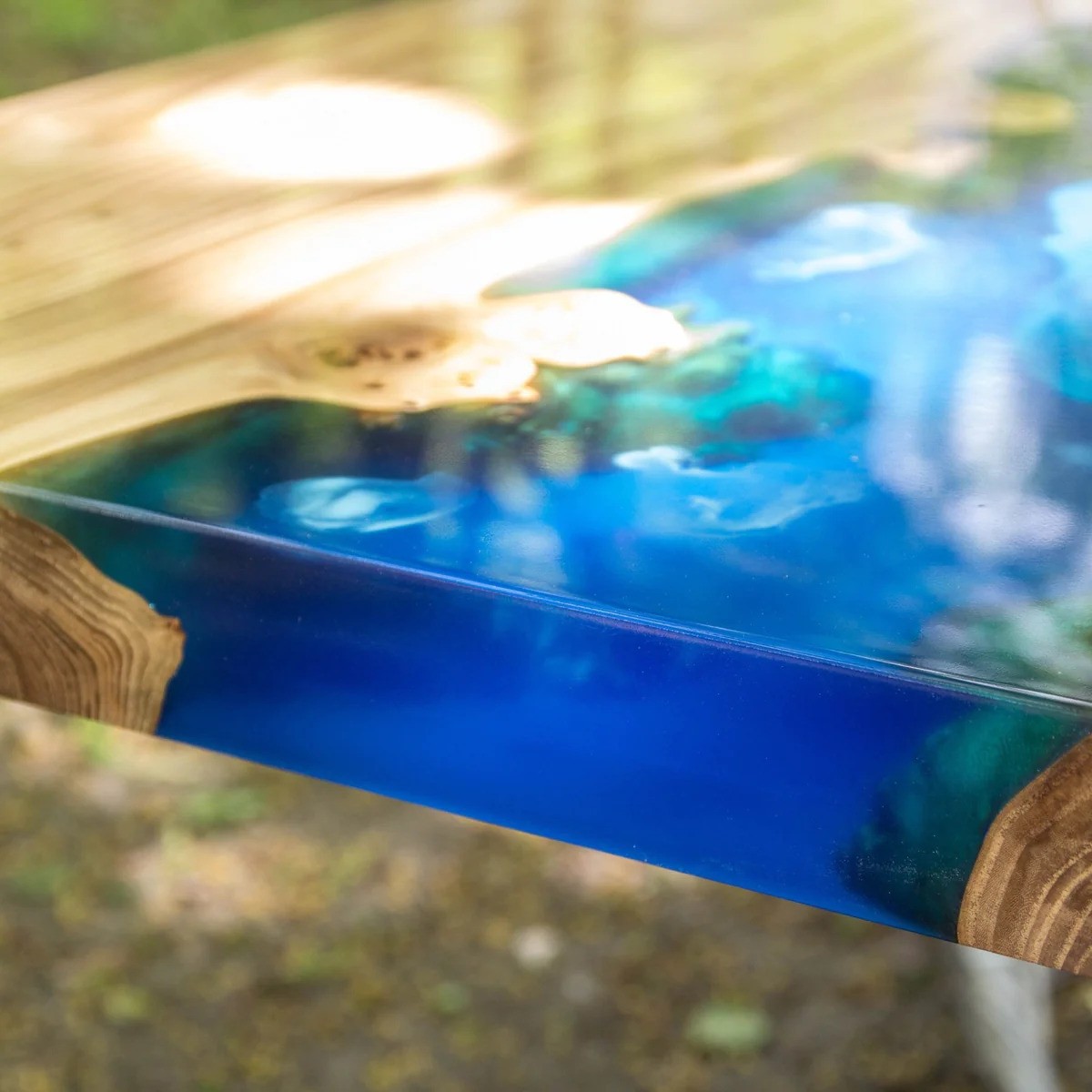
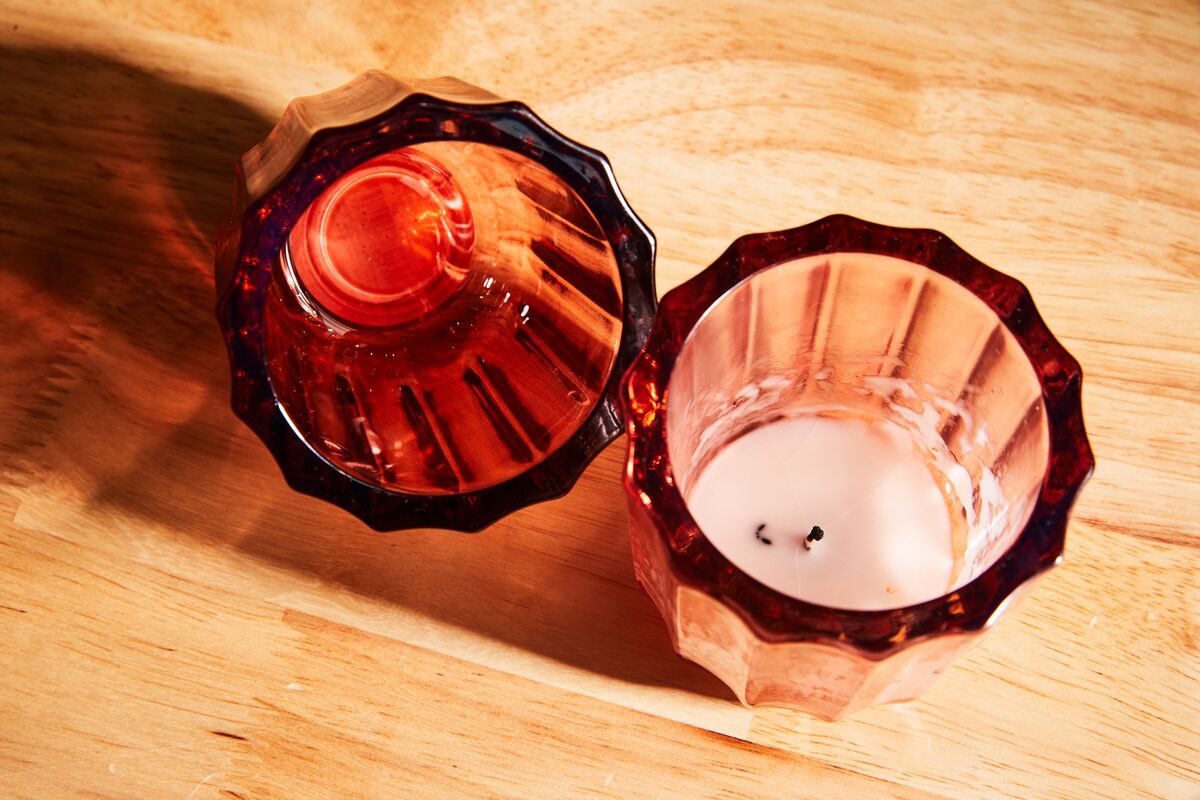
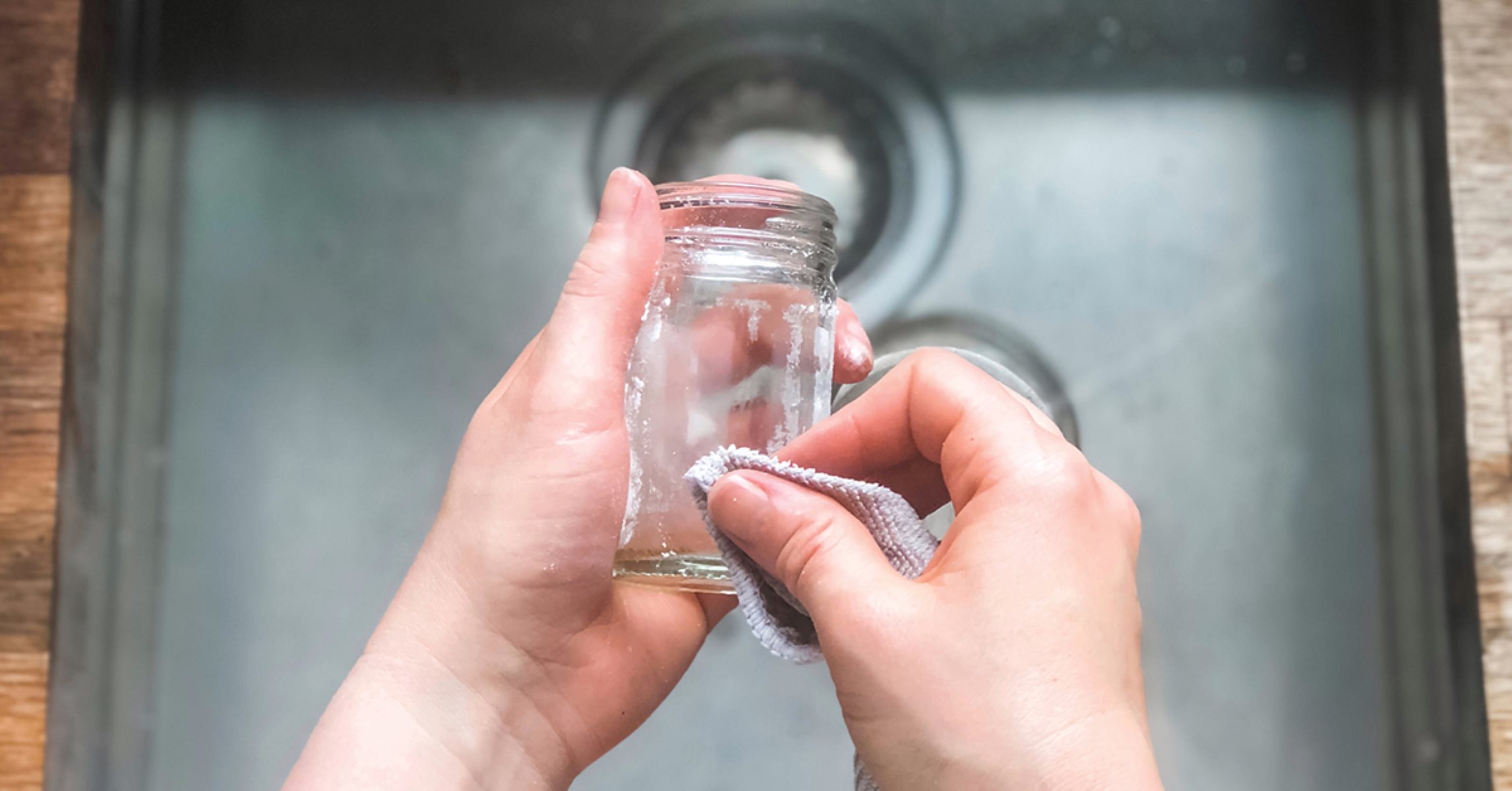
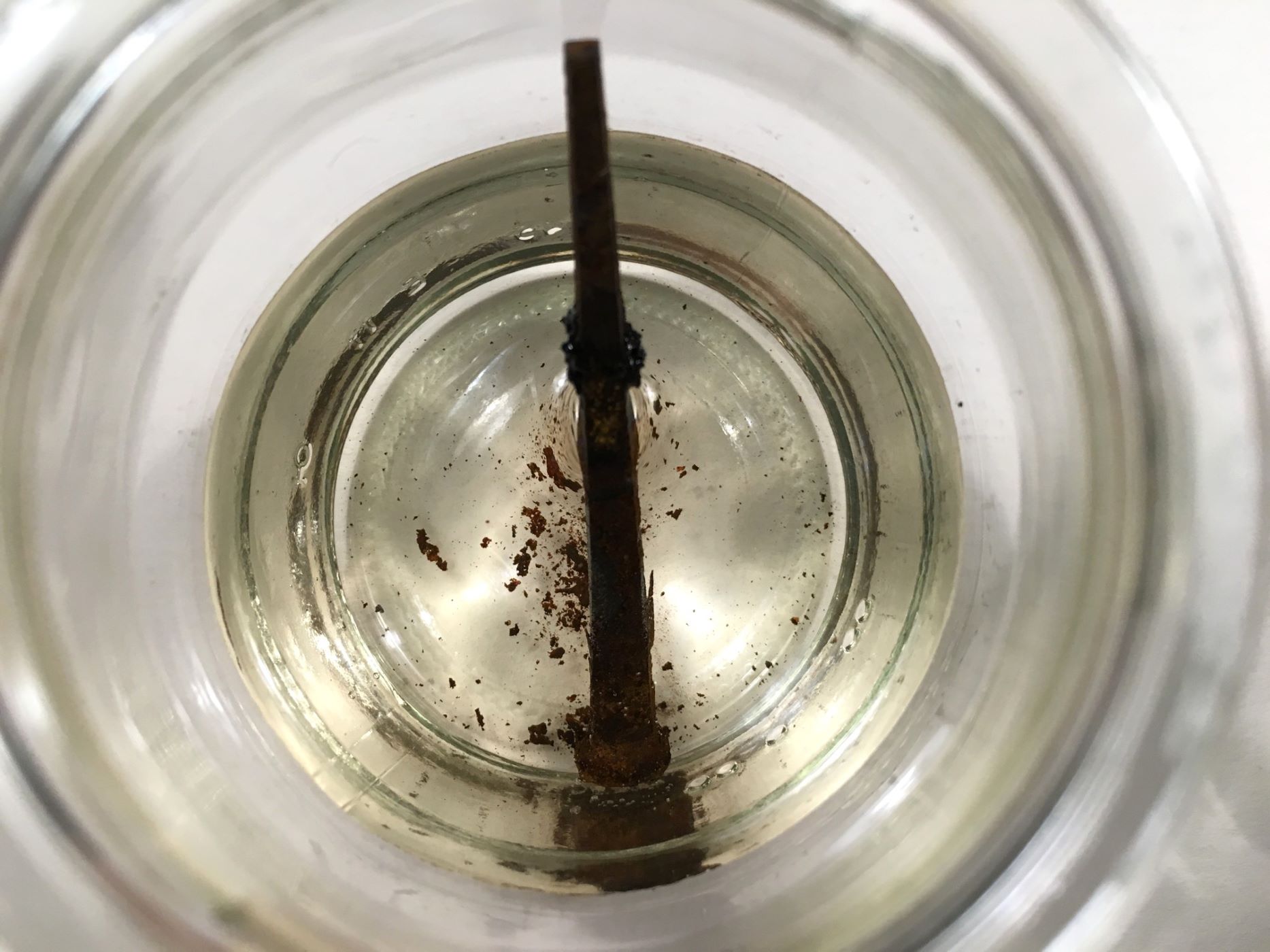
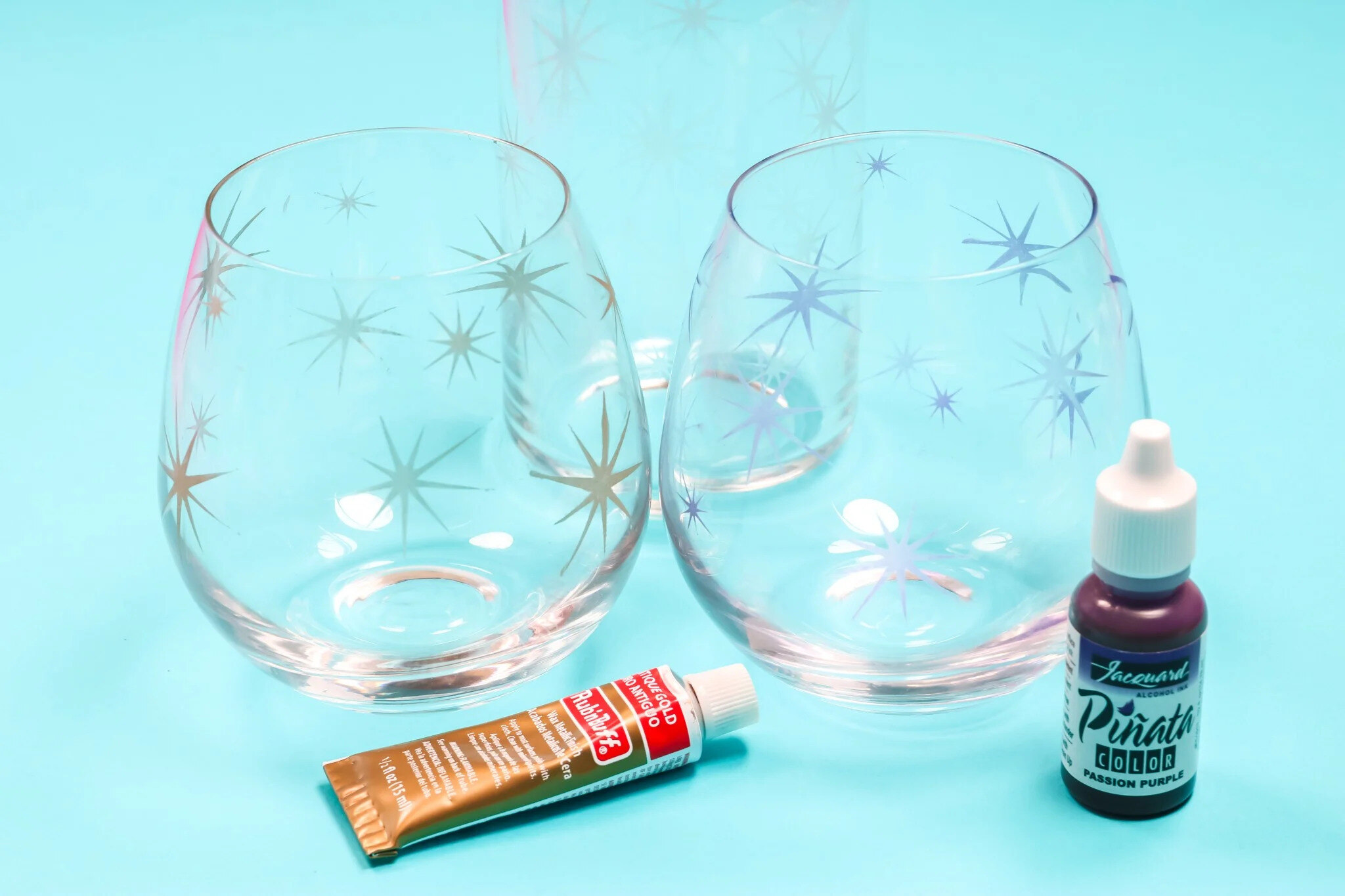
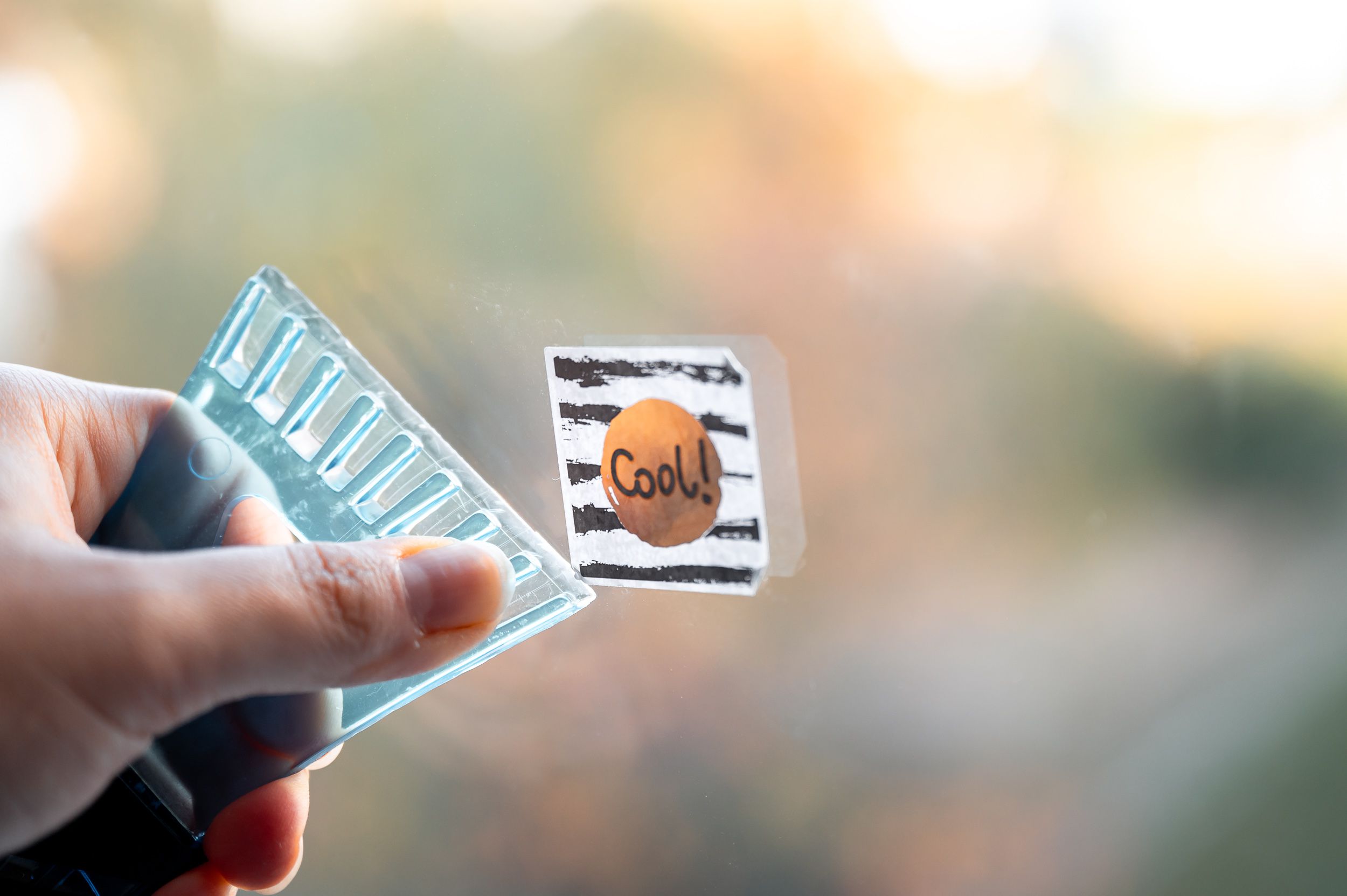
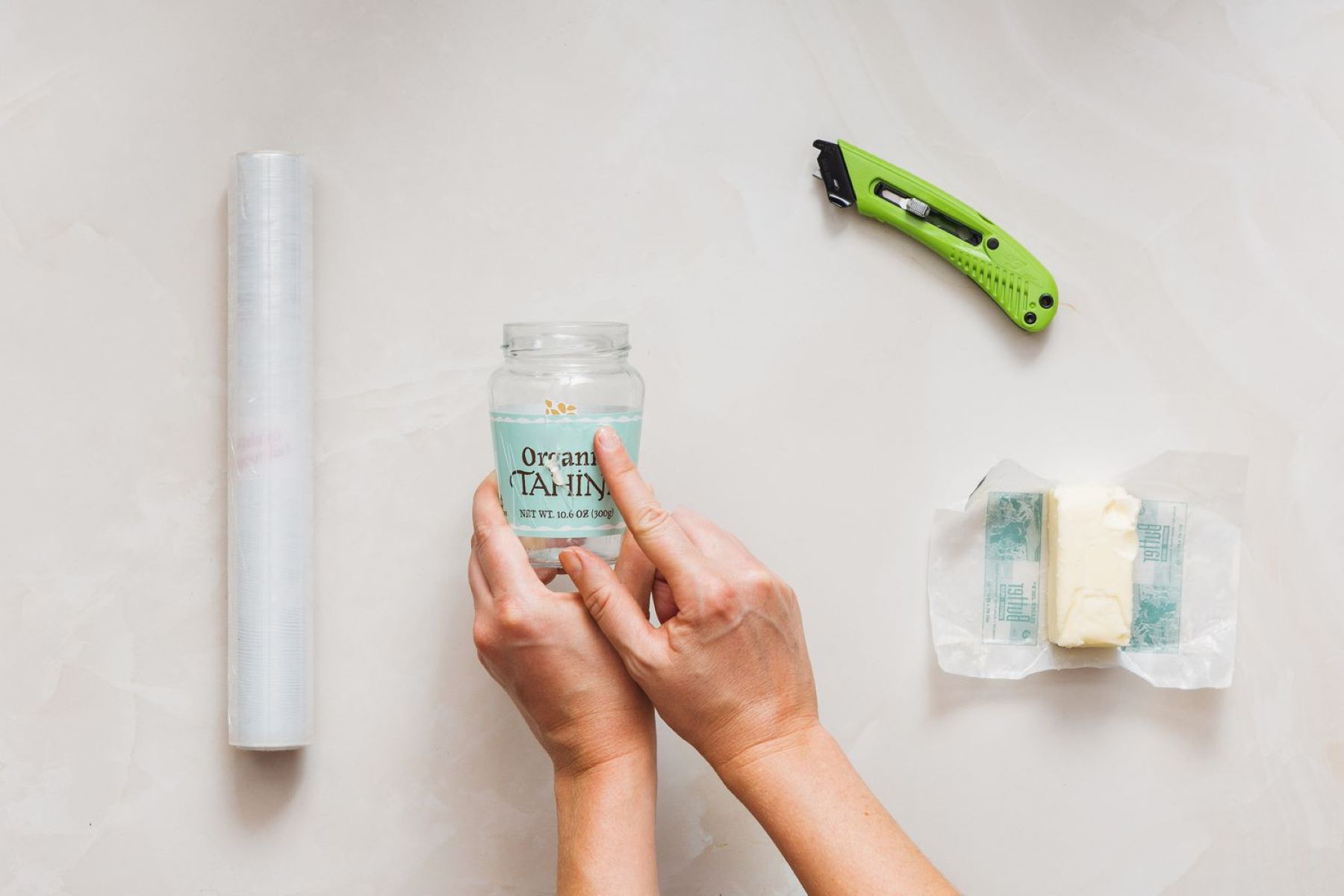
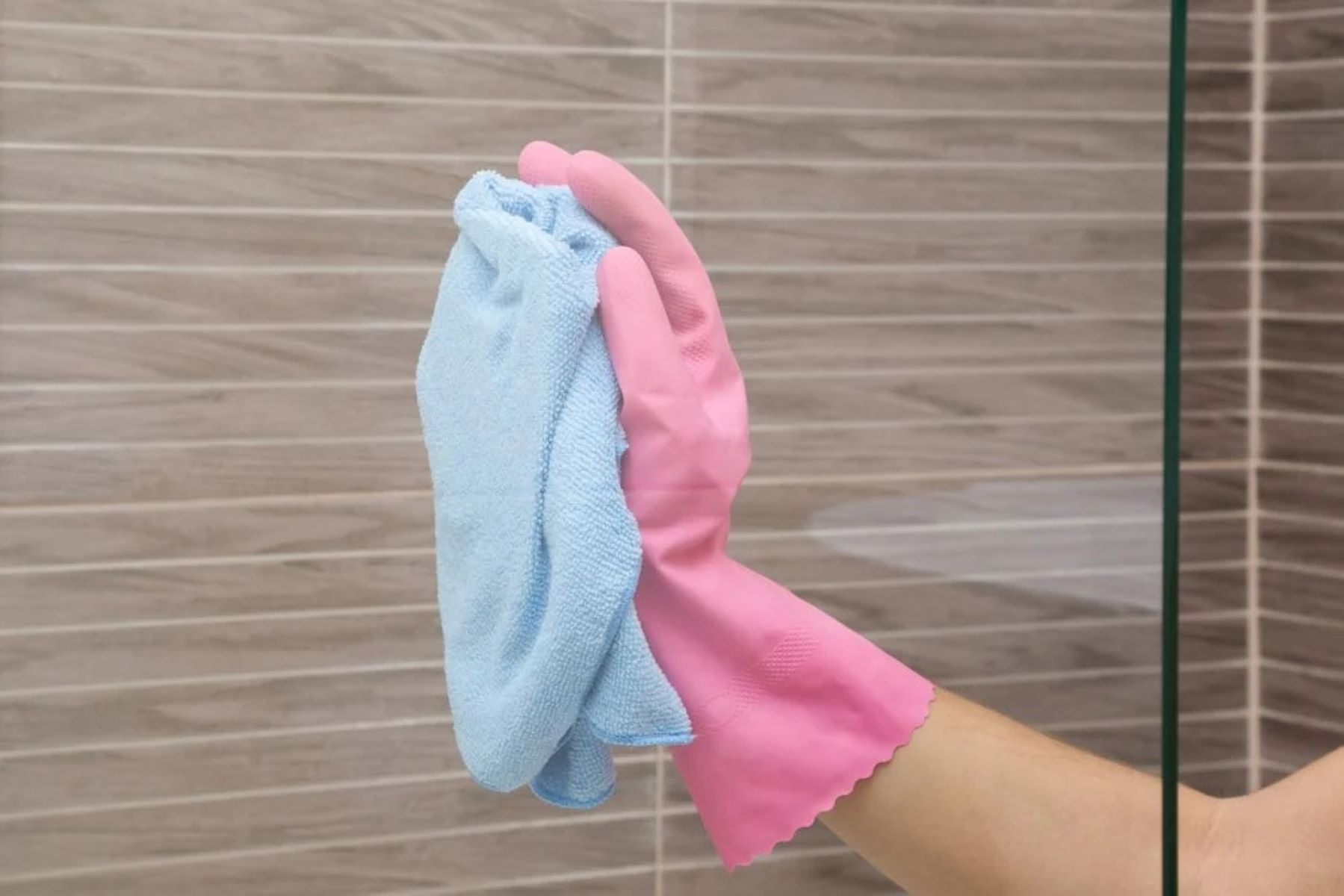
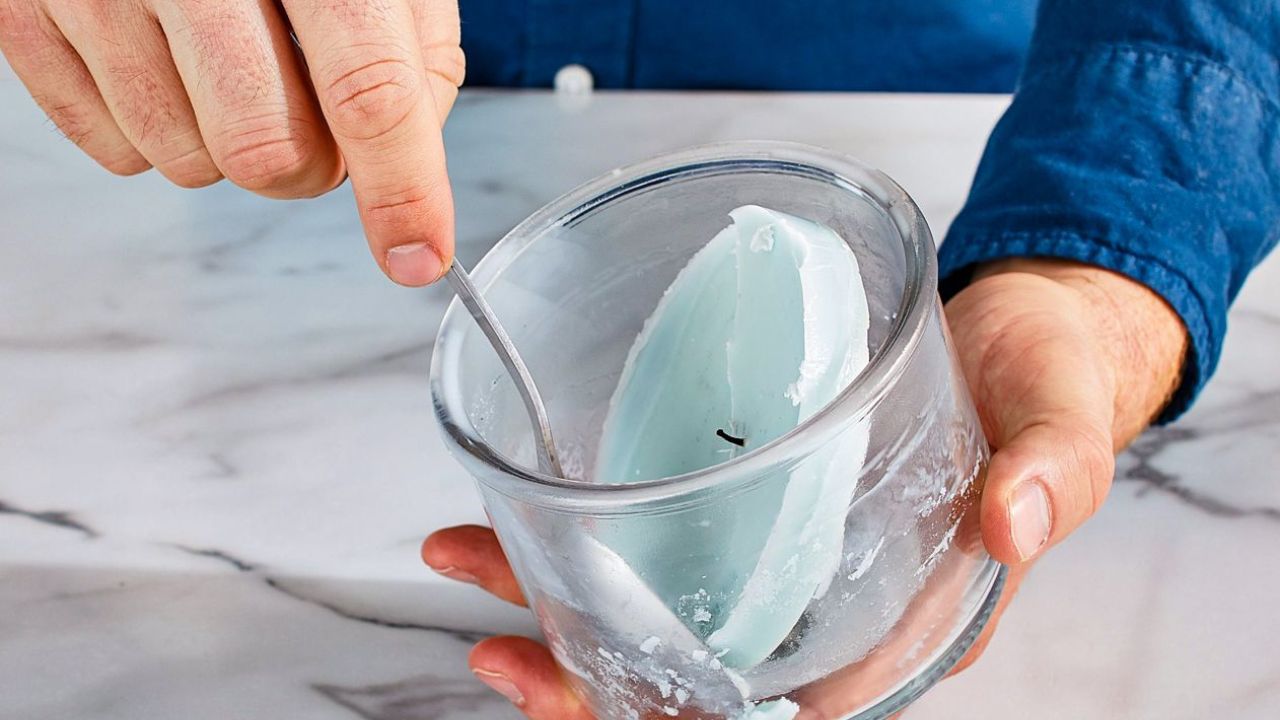
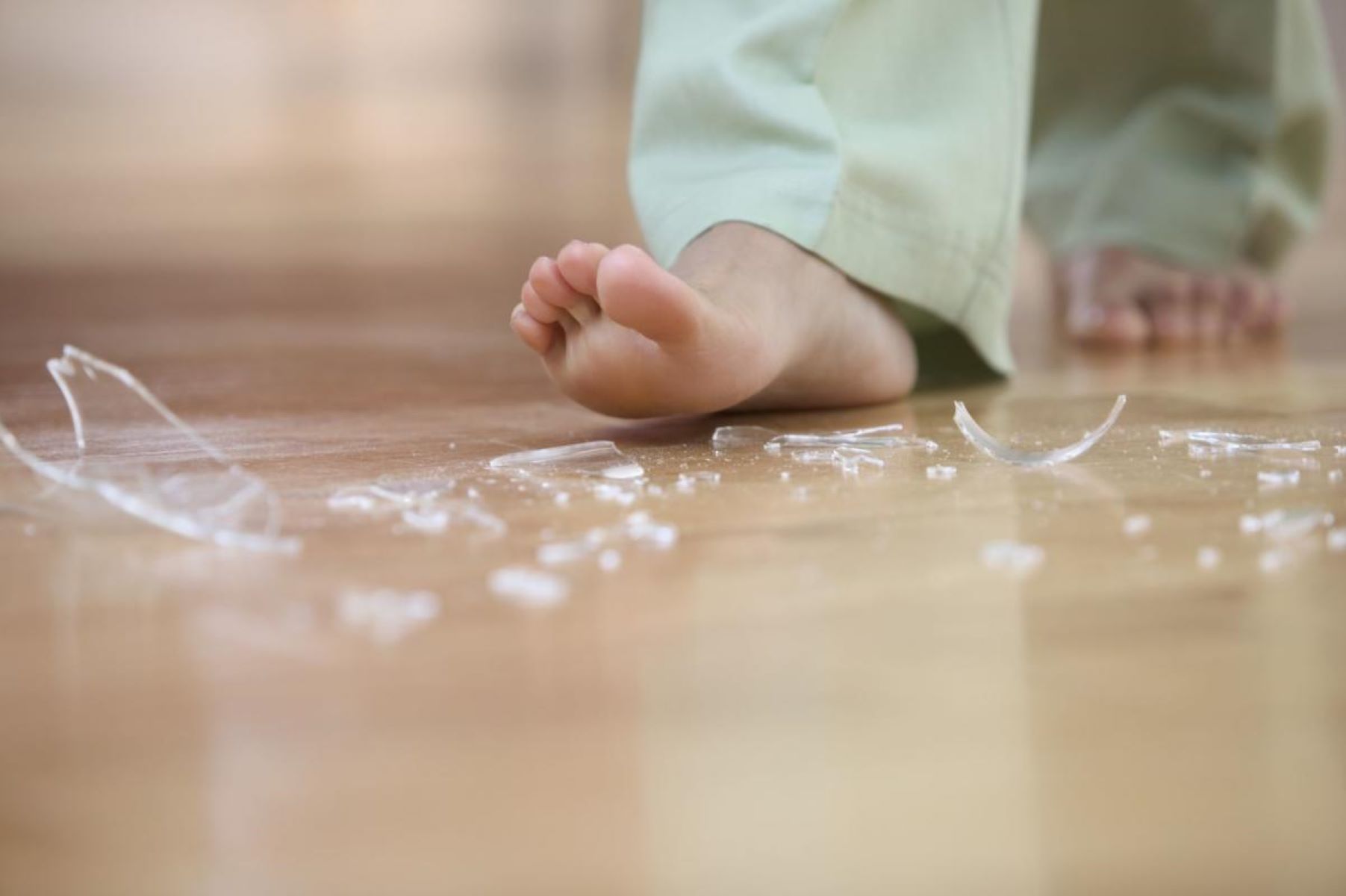
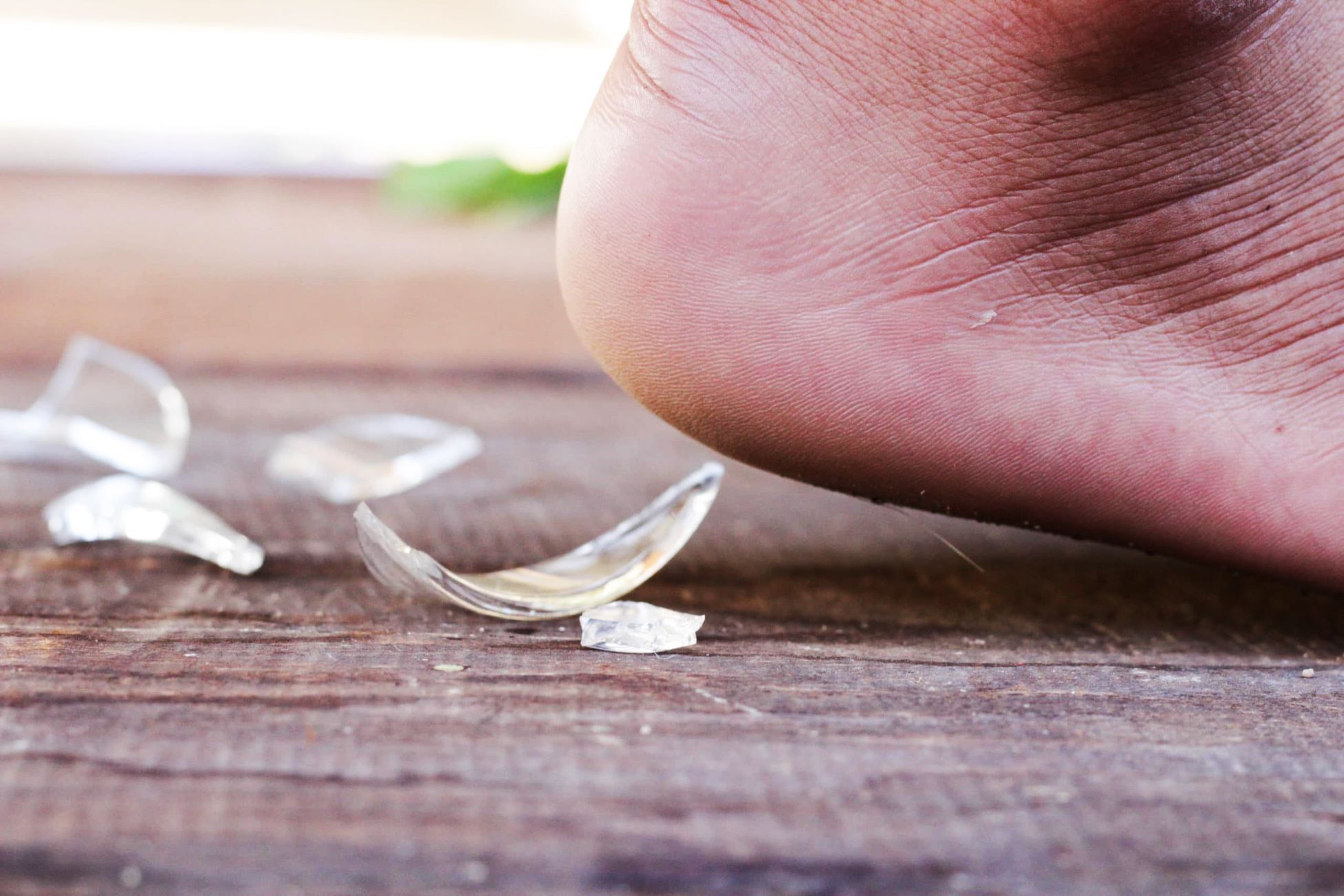
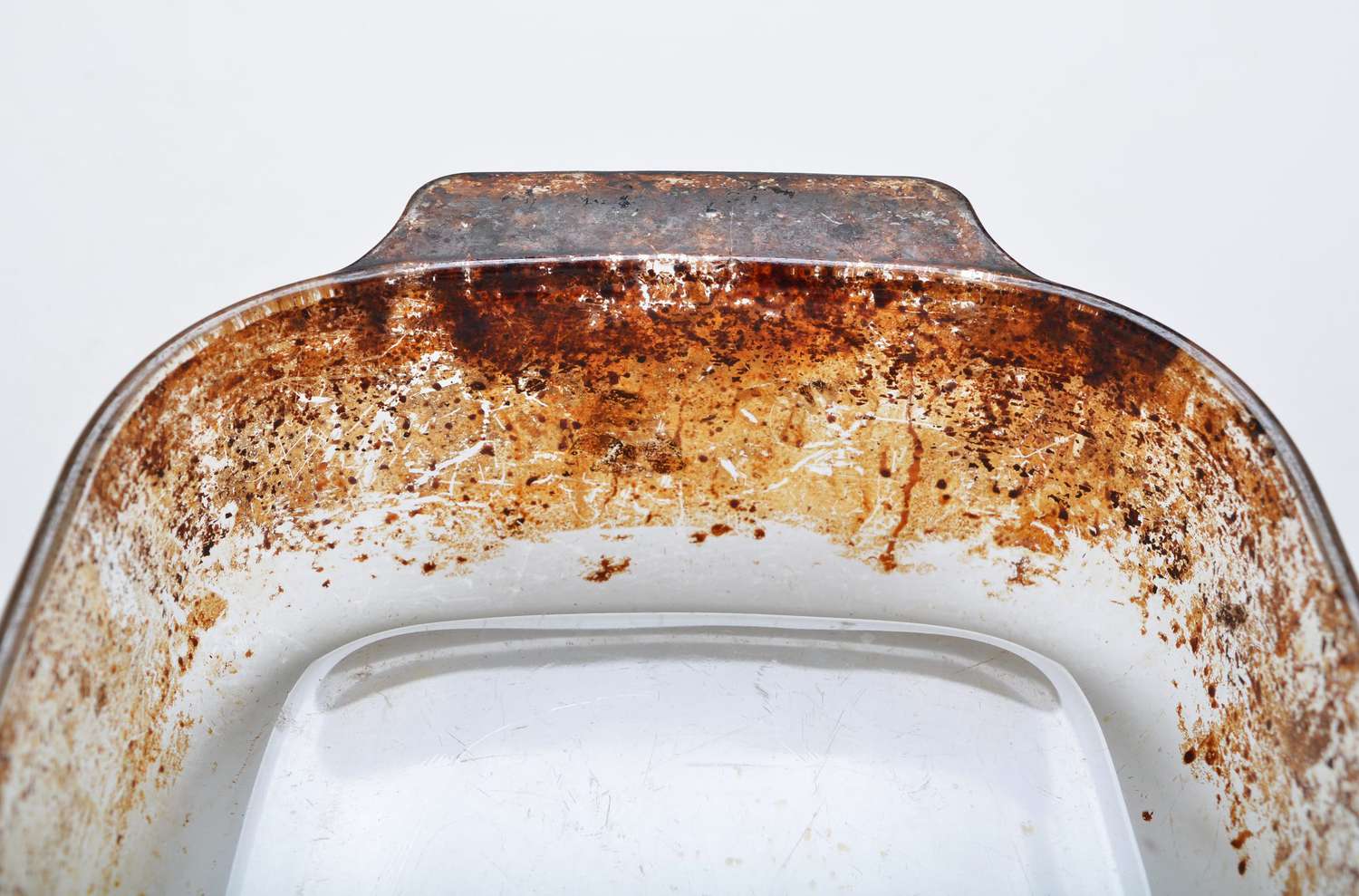
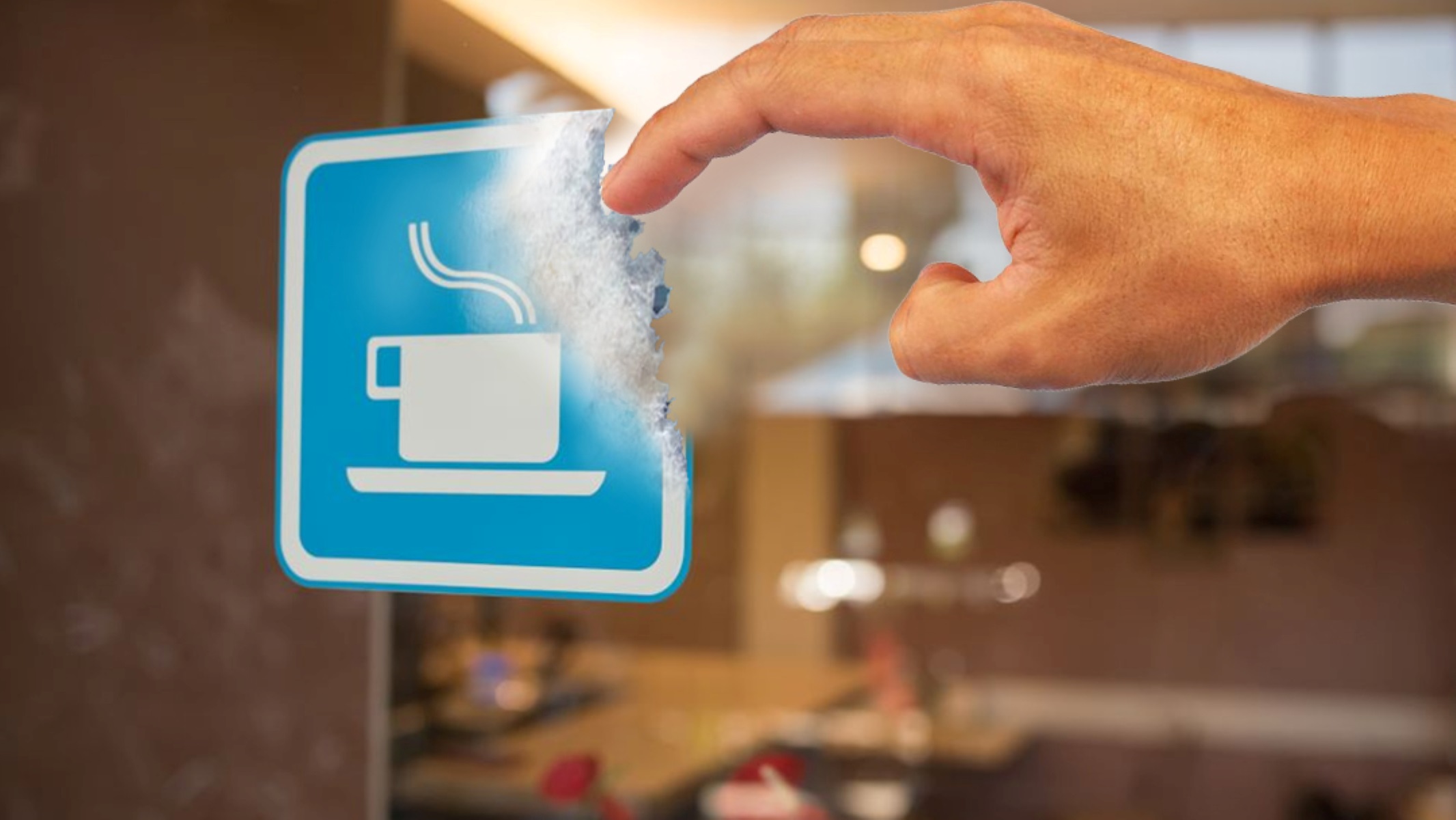
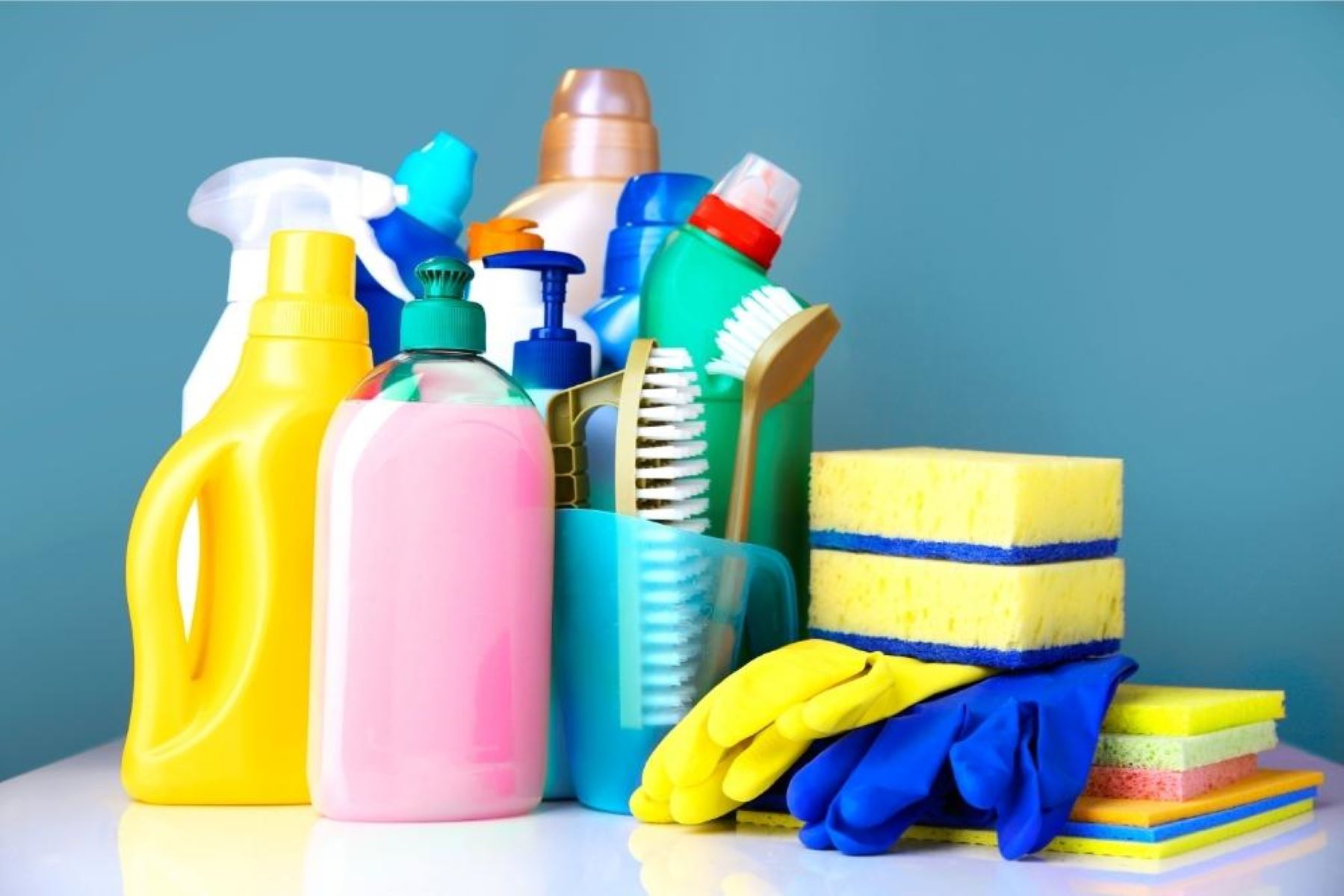

0 thoughts on “How To Remove Silicone From Glass”